Pop Culture – From Cinematic Archetypes to Algorithmic Identity
Pop Culture Entertaining Influence
Pop culture is not just entertainment—it is a psychological ecosystem that encodes values, behaviors, and identity. Movies, music, television, and digital media shape how individuals perceive themselves and others. These mediums influence emotional regulation, social learning, and cognitive framing. The psychology of pop culture explores how narratives, symbols, and aesthetics affect mental processes and collective consciousness. Media artifacts act as mirrors and molders, reflecting societal norms while guiding emotional and behavioral responses. From cinematic heroes to viral soundbites, pop culture embeds psychological cues into everyday life. Understanding these mechanisms is essential for decoding cultural influence and anticipating future shifts.

Movies and Narrative Psychology
Films operate as immersive psychological environments, using narrative transportation to engage viewers. When audiences become emotionally invested in characters, they adopt perspectives and internalize values. This process activates empathy, moral reasoning, and identity formation. Cinematic storytelling often relies on archetypes—hero, mentor, rebel—that resonate with unconscious schemas. Visual framing, music cues, and pacing modulate emotional intensity and cognitive absorption. Movies also serve as social scripts, modeling behaviors and relational dynamics. Repeated exposure to certain tropes can normalize aggression, romance, or resilience.
Psychological identification with protagonists can influence real-world decision-making and self-concept. Films also offer catharsis, allowing viewers to process emotions in a controlled setting. The genre of a film—comedy, horror, drama—triggers distinct psychological responses. Horror activates fear circuitry; comedy engages reward pathways. Cultural representation in film affects group identity and intergroup attitudes. Movies are increasingly used in therapeutic contexts to explore trauma and emotional regulation. As cinematic technology evolves, immersive formats like VR will deepen psychological engagement.
Table: Psychological Effects by Film Genre
| Genre | Primary Emotion Triggered | Cognitive Impact | Social Learning Outcome |
|---|---|---|---|
| Drama | Empathy | Moral reasoning | Perspective-taking |
| Horror | Fear | Threat response | Desensitization or vigilance |
| Comedy | Joy | Dopamine activation | Social bonding |
| Action | Excitement | Risk tolerance | Heroic modeling |
| Sci-Fi | Curiosity | Abstract reasoning | Future orientation |
Music and Emotional Regulation
Music is one of the most potent emotional regulators in human experience. It activates limbic structures, modulates mood, and facilitates memory encoding. Different genres elicit distinct emotional states—classical may calm, while metal may energize. Lyrics contribute to cognitive framing, shaping beliefs and identity. Music is used in therapy to treat anxiety, depression, and trauma. Rhythmic entrainment synchronizes brainwaves and heart rate, influencing physiological states.
Group listening experiences foster social cohesion and shared identity. Musical preferences often correlate with personality traits and emotional needs. Pop music, with its repetitive structure and emotional immediacy, reinforces cultural norms. Subcultures use music to signal belonging and resistance. Music videos add visual symbolism, amplifying psychological impact. Streaming platforms use algorithms to reinforce mood-based listening habits. This creates feedback loops between emotional states and musical exposure. Future music psychology will integrate biometric feedback and adaptive composition. Music remains a universal language of emotion and identity.
Table: Music Genre and Psychological Function
| Genre | Emotional Function | Cognitive Effect | Social Role |
|---|---|---|---|
| Classical | Relaxation | Focus and memory | Cultural refinement |
| Hip-Hop | Empowerment | Verbal fluency | Identity and resistance |
| Pop | Mood elevation | Familiarity bias | Mainstream bonding |
| Metal | Catharsis | Arousal and release | Subcultural solidarity |
| Ambient | Stress reduction | Mindfulness | Background modulation |
Television and Parasocial Relationships
Television fosters parasocial relationships—one-sided emotional bonds with media figures. These relationships influence self-esteem, social comparison, and emotional attachment. Viewers may feel connected to characters or hosts, experiencing empathy and loyalty. Sitcoms and dramas create routine emotional engagement, reinforcing behavioral norms. Reality TV amplifies voyeurism and social judgment, shaping perceptions of status and authenticity. Long-running series build narrative familiarity, creating psychological comfort. TV genres influence cognitive framing—crime shows may heighten fear, while comedies reduce stress.
Binge-watching alters dopamine cycles and sleep patterns. Serialized storytelling encourages narrative immersion and delayed gratification. Representation in TV affects identity development and intergroup attitudes. Children’s programming embeds moral lessons and behavioral modeling. News and infotainment shape political cognition and emotional reactivity. Streaming platforms personalize content, reinforcing cognitive biases. Future television will integrate interactive elements and biometric feedback. Parasocial dynamics will evolve with AI-generated characters and virtual hosts.
Table: TV Genre and Psychological Impact
| Genre | Emotional Engagement | Cognitive Outcome | Social Influence |
|---|---|---|---|
| Drama | Attachment | Empathy and reflection | Norm reinforcement |
| Reality | Judgment | Social comparison | Status modeling |
| Comedy | Relief | Stress reduction | Group bonding |
| Crime | Suspense | Threat perception | Vigilance and skepticism |
| Children’s | Trust | Moral development | Behavioral modeling |
Social Media and Identity Construction
Social media platforms function as psychological mirrors and amplifiers. Users curate identity through posts, likes, and interactions. This creates a performative self, shaped by feedback and algorithmic reinforcement. Dopamine-driven engagement loops encourage habitual use and emotional dependency. Social comparison on platforms affects self-esteem and mood regulation. Memes and viral content encode cultural values and emotional shorthand.
Influencers act as aspirational figures, guiding behavior and consumption. Hashtag communities foster belonging and ideological alignment. Platform design influences cognitive load and attention span. Echo chambers reinforce belief systems and reduce exposure to dissent. Social media also facilitates activism and emotional solidarity. Negative effects include anxiety, FOMO, and digital burnout. Future platforms will integrate AI-driven personalization and immersive environments. Identity construction will become more fluid and multi-modal. The psychology of social media will increasingly intersect with virtual embodiment and synthetic personas.
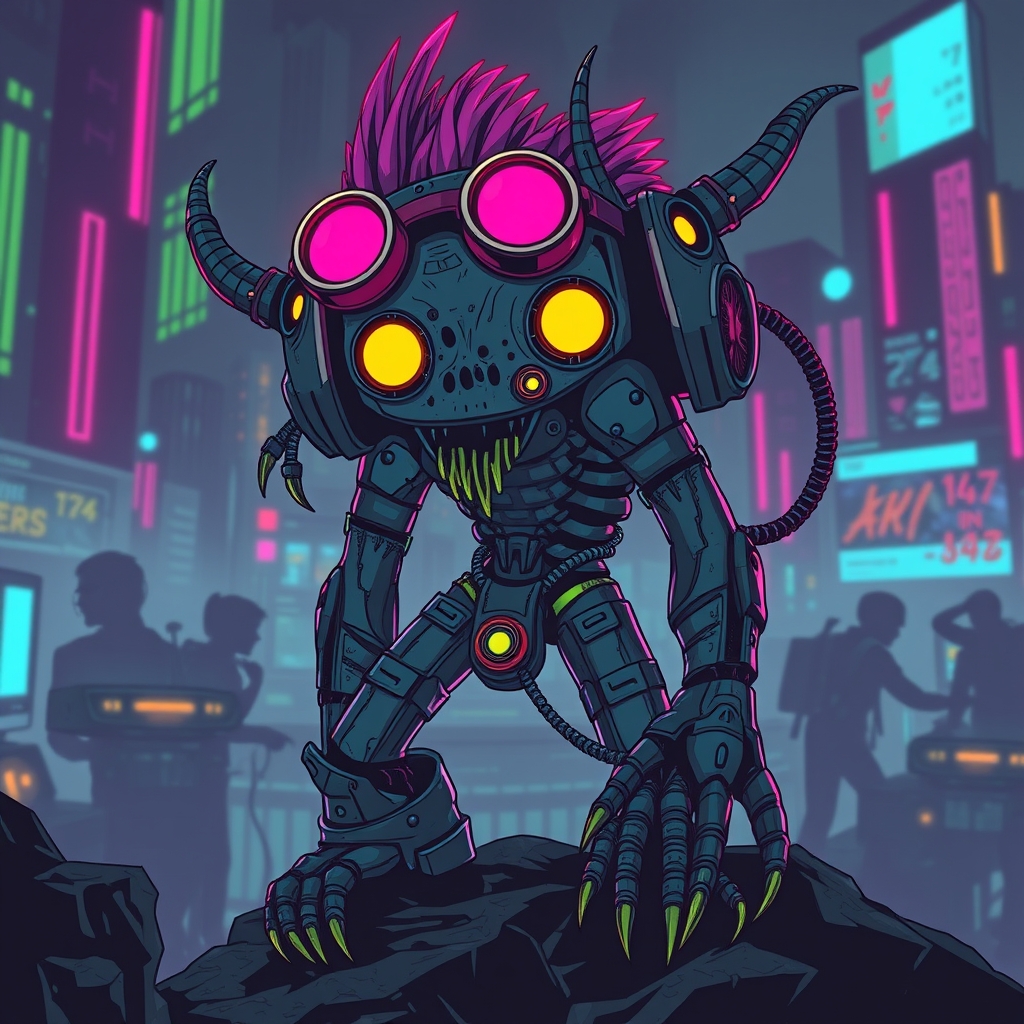
Media Archetypes and Cognitive Framing
Pop culture relies heavily on archetypes—universal character templates that activate deep psychological associations. These include the hero, the trickster, the caregiver, the rebel, and the sage. Archetypes simplify complex narratives and allow audiences to project personal meaning onto characters. They function as cognitive shortcuts, guiding emotional responses and moral judgments. The hero archetype, for example, triggers aspirational thinking and resilience. The rebel archetype fosters identification with nonconformity and resistance. These figures are embedded in movies, music lyrics, and television scripts, shaping how viewers interpret conflict and resolution.
Archetypes also influence brand identity and political messaging, extending beyond entertainment. Their repetition across media reinforces cultural norms and psychological expectations. Cognitive framing occurs when archetypes are paired with specific settings, aesthetics, or outcomes. For instance, placing a caregiver in a dystopian world alters the emotional tone and moral stakes. Archetypes evolve with cultural shifts, adapting to new values and anxieties. The rise of anti-heroes reflects changing attitudes toward morality and complexity. Future media may generate dynamic archetypes using AI, tailored to individual psychological profiles. Understanding archetypes is essential for decoding media influence and emotional resonance.
Table: Common Archetypes and Psychological Functions
| Archetype | Core Trait | Emotional Activation | Cultural Role |
|---|---|---|---|
| Hero | Courage | Aspiration | Moral leadership |
| Rebel | Defiance | Empowerment | Social critique |
| Caregiver | Compassion | Safety and trust | Nurturing norms |
| Trickster | Chaos | Humor and disruption | Questioning authority |
| Sage | Wisdom | Reflection | Guidance and legacy |
Symbolic Encoding in Pop Culture
Symbolism in media operates as a psychological language, encoding abstract ideas into visual and auditory cues. Colors, shapes, sounds, and motifs carry emotional and cognitive weight. Red often signals danger or passion, while blue suggests calm or authority. Triangles may represent conflict or hierarchy, while circles imply unity or eternity. Music uses motifs—repeating melodic fragments—to evoke memory and emotion. Television shows use recurring symbols, such as clocks, mirrors, or masks, to reinforce themes. Symbolic encoding allows creators to communicate complex ideas without explicit exposition. Audiences decode these symbols based on cultural context and personal experience.
Symbolism also influences subconscious processing, shaping attitudes and emotional reactions. In advertising, symbolic cues guide consumer behavior and brand perception. In film, mise-en-scène elements like lighting and costume contribute to symbolic meaning. Symbolic encoding is especially powerful in genre media, where visual shorthand accelerates narrative immersion. Future media may use biometric data to adapt symbolic content in real time. Understanding symbolic systems enhances media literacy and emotional awareness. Symbols are not static—they evolve with cultural and psychological shifts.
Table: Symbol Types and Psychological Associations
| Symbol Type | Common Example | Emotional Effect | Cognitive Function |
|---|---|---|---|
| Color | Red, Blue, Green | Mood modulation | Value signaling |
| Shape | Triangle, Circle | Tension or harmony | Structural framing |
| Object | Mirror, Clock | Self-reflection, time | Thematic reinforcement |
| Sound | Motif, Drone | Memory, suspense | Emotional anchoring |
| Gesture | Raised fist, bow | Defiance, submission | Social signaling |
Pop Culture and Collective Memory
Pop culture contributes to the construction of collective memory, shaping how societies remember events, eras, and identities. Films and songs often become mnemonic anchors for historical moments. Television coverage of crises or celebrations embeds emotional associations into public consciousness. Media narratives influence which events are remembered and how they are framed. Collective memory is not static—it is curated through repetition, omission, and reinterpretation. Music from specific decades evokes generational identity and emotional nostalgia.
Iconic characters and quotes become shorthand for shared experiences. Media memorializes cultural trauma and triumph, guiding emotional processing. The psychology of collective memory involves encoding, storage, and retrieval shaped by media exposure. Social media accelerates memory formation through viral content and digital archiving. Future technologies may allow personalized memory curation through AI-assisted media timelines. The emotional tone of collective memory affects national identity and intergroup relations. Pop culture also challenges memory by introducing counter-narratives and alternative histories. Understanding media’s role in memory formation is critical for cultural resilience and psychological integration.
Table: Media Formats and Memory Encoding
| Format | Memory Function | Emotional Tone | Cultural Impact |
|---|---|---|---|
| Film | Mnemonic anchoring | Nostalgia, catharsis | Generational identity |
| Music | Emotional recall | Joy, grief, pride | Temporal association |
| TV News | Event framing | Anxiety, unity | Historical narrative |
| Social Media | Viral repetition | Humor, outrage | Real-time memorialization |
| Documentary | Contextual depth | Empathy, reflection | Educational legacy |
Future Trends in Pop Culture Psychology
The psychology of pop culture is entering a phase of hyper-personalization and immersive engagement. AI-generated content will tailor narratives to individual emotional profiles. Virtual reality and augmented reality will deepen sensory immersion and emotional impact. Biometric feedback will allow media to adapt in real time to viewer states. Synthetic influencers and avatars will reshape parasocial relationships and identity modeling. Algorithmic curation will reinforce cognitive biases unless counterbalanced by intentional design. Media literacy will become a psychological skill, essential for emotional regulation and critical thinking.
Pop culture will increasingly intersect with mental health, offering therapeutic and diagnostic tools. Symbolic systems will evolve to reflect globalized values and hybrid identities. Emotional realism will replace genre conventions, creating more nuanced storytelling. Future music may be composed dynamically based on listener mood and biometric data. Television will integrate interactive decision-making, blurring fiction and agency. Collective memory will be curated through digital archives and AI-assisted timelines. Archetypes will fragment into modular traits, allowing personalized narrative construction. The boundaries between creator and consumer will dissolve, creating participatory media ecosystems. Understanding these trends is essential for navigating the psychological future of pop culture.
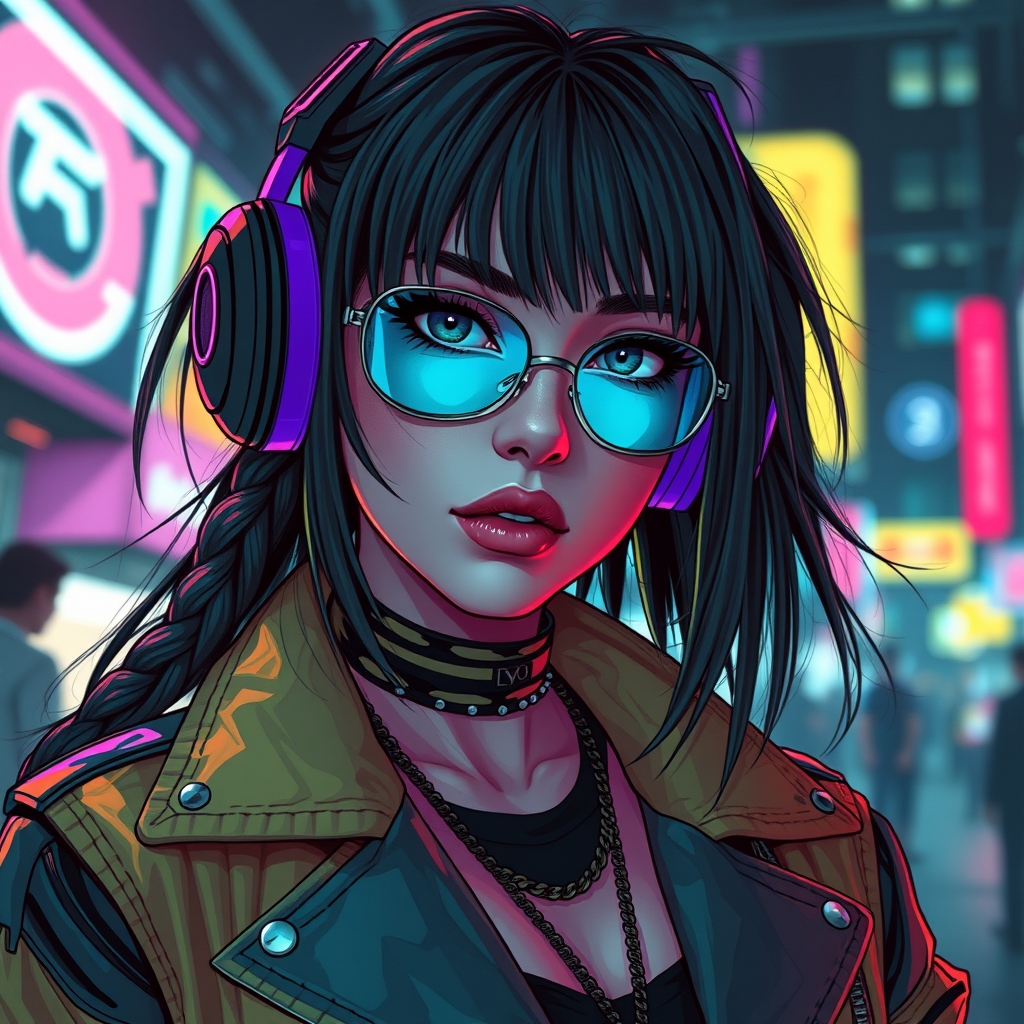
Media Influence on Behavior
Pop culture media influences behavior through modeling, reinforcement, and emotional priming. Characters in films and television often serve as behavioral templates, shaping how viewers approach relationships, conflict, and self-expression. Music lyrics and videos reinforce norms around identity, emotion, and social roles. Repeated exposure to specific behaviors—such as aggression, altruism, or risk-taking—can normalize those actions. Media also primes emotional states that affect decision-making and interpersonal interactions. For example, watching high-intensity action may increase impulsivity, while consuming romantic content may heighten attachment needs.
Behavioral mimicry is especially strong among adolescents, whose identity formation is still fluid. Social media amplifies behavioral modeling through influencer culture and viral trends. Algorithms reinforce exposure to behaviors that align with user engagement patterns. Media can also shape health behaviors, such as exercise, diet, and substance use. Public service campaigns use pop culture formats to promote prosocial actions. Conversely, glamorization of harmful behaviors can contribute to risk-taking and desensitization. Behavioral influence is mediated by personality traits, cognitive filters, and social context. Future media may use adaptive content to encourage positive behavioral outcomes. Understanding these mechanisms is essential for ethical media design and psychological well-being.
Emotional Contagion in Pop Culture
Emotional contagion refers to the spread of affective states through observation and interaction. Pop culture media facilitates emotional contagion by broadcasting intense emotional experiences to mass audiences. Music concerts, film scenes, and viral videos transmit joy, grief, anger, or awe across cultural boundaries. Audiences absorb emotional cues through facial expressions, vocal tone, and narrative context. This process activates mirror neurons and limbic resonance, aligning viewer emotions with those portrayed. Emotional contagion contributes to collective mood shifts, such as national mourning or celebratory euphoria.
Social media accelerates this phenomenon through rapid sharing and amplification. Memes and reaction videos encode emotional shorthand, spreading affective states with minimal context. Emotional contagion also influences group dynamics, shaping crowd behavior and social cohesion. In political media, emotional contagion can escalate polarization or solidarity. Advertisers use emotional contagion to create brand affinity and consumer loyalty. Future media may use biometric sensors to detect and respond to emotional states in real time. Emotional contagion is not inherently positive—it can spread anxiety, outrage, or despair. Media creators must consider the ethical implications of emotional transmission. Understanding emotional contagion enhances emotional literacy and resilience.
Table: Emotional Contagion Channels in Media
| Channel | Emotional Mechanism | Common Outcome | Psychological Effect |
|---|---|---|---|
| Film Scenes | Narrative immersion | Empathy, catharsis | Mood alignment |
| Music | Rhythm and lyrics | Joy, sadness, nostalgia | Emotional regulation |
| Social Media | Viral reactions | Outrage, humor, solidarity | Group mood shifts |
| Live Events | Crowd resonance | Euphoria, grief | Collective bonding |
| Advertising | Emotional priming | Desire, trust | Brand attachment |
Cultural Resilience Through Pop Culture
Pop culture contributes to cultural resilience by preserving identity, fostering solidarity, and adapting to adversity. Media narratives often reflect societal challenges and offer symbolic coping mechanisms. Films and music created during crises encode emotional responses and collective memory. Television shows and digital content provide continuity and familiarity during periods of disruption. Pop culture also amplifies marginalized voices, promoting inclusion and representation. Cultural resilience is strengthened when media reflects diverse experiences and adaptive strategies.
Humor in pop culture serves as a psychological buffer, reducing stress and enhancing perspective. Music and storytelling help communities process trauma and rebuild identity. Social media enables rapid mobilization and emotional support during emergencies. Pop culture artifacts become symbols of endurance and transformation. Future media will play a critical role in navigating climate anxiety, technological disruption, and social fragmentation. Cultural resilience depends on media’s ability to evolve while preserving core values. Adaptive storytelling and inclusive representation are key to sustaining psychological strength. Pop culture is not just reactive—it is generative, shaping new norms and emotional frameworks. Understanding its role in resilience enhances media design and community well-being.
Table: Pop Culture and Resilience Functions
| Media Type | Resilience Role | Emotional Benefit | Cultural Outcome |
|---|---|---|---|
| Music | Emotional processing | Catharsis, hope | Identity preservation |
| Film | Symbolic coping | Empathy, reflection | Narrative continuity |
| TV | Familiarity and routine | Comfort, stability | Social cohesion |
| Social Media | Rapid support | Solidarity, mobilization | Adaptive response |
| Comedy | Stress relief | Perspective, bonding | Psychological buffering |
Fact Point Summary
- Pop culture media influences cognition, emotion, and behavior through narrative immersion, symbolic encoding, and emotional contagion.
- Movies activate empathy and moral reasoning via archetypes and genre-specific emotional triggers.
- Music regulates mood, reinforces identity, and synchronizes physiological states.
- Television fosters parasocial relationships and models social norms across serialized formats.
- Social media amplifies identity construction, emotional feedback loops, and behavioral mimicry.
- Archetypes serve as cognitive templates, guiding emotional interpretation and moral alignment.
- Symbolic encoding allows media to communicate complex ideas through visual and auditory shorthand.
- Collective memory is shaped by media repetition, emotional tone, and cultural framing.
- Future media will integrate biometric feedback, AI personalization, and immersive formats.
- Behavioral influence is mediated by exposure, personality, and social context.
- Emotional contagion spreads affective states across audiences, shaping group dynamics and mood.
- Cultural resilience is supported by inclusive storytelling, emotional processing, and symbolic continuity.
- Media literacy and emotional awareness are essential for navigating psychological media effects.
- Pop culture is both a mirror and a mold—reflecting society while shaping its emotional architecture.
- Understanding the psychology of pop culture enables ethical media creation and informed consumption.
Media Literacy and Emotional Awareness
Media literacy is the ability to critically analyze, interpret, and respond to media content. It involves understanding narrative structure, symbolic encoding, emotional manipulation, and cognitive bias. Emotional awareness complements media literacy by helping individuals recognize and regulate their affective responses to media stimuli. Together, these skills form the foundation for psychologically healthy media consumption. Media literacy enables viewers to identify framing techniques, genre conventions, and persuasive strategies.
Emotional awareness allows users to track mood shifts and behavioral impulses triggered by media exposure. These skills are essential in an environment saturated with emotionally charged content. Media literacy also includes recognizing misinformation, emotional priming, and algorithmic reinforcement. Emotional awareness supports resilience by reducing reactivity and enhancing self-regulation. Educational systems increasingly incorporate media literacy into curricula, emphasizing critical thinking and emotional intelligence.
Future media interfaces may include built-in emotional feedback tools to support user awareness. Media literacy is not just cognitive—it is emotional, ethical, and social. Emotional awareness helps users navigate parasocial relationships and symbolic identification. Together, these skills foster autonomy, empathy, and psychological integration. Media literacy and emotional awareness are foundational for navigating the future of pop culture.
Table: Media Literacy vs Emotional Awareness
| Skill Type | Core Function | Psychological Benefit | Application Context |
|---|---|---|---|
| Media Literacy | Critical analysis | Cognitive clarity | Education, journalism |
| Emotional Awareness | Mood tracking and regulation | Emotional resilience | Therapy, media consumption |
| Combined Use | Integrated response | Autonomy and empathy | Social media, entertainment |
Ethical Media Design and Psychological Impact
Ethical media design considers the psychological effects of content, format, and delivery. It involves creating media that supports emotional well-being, cognitive clarity, and social cohesion. Designers must account for emotional contagion, behavioral modeling, and symbolic resonance. Ethical design avoids manipulative framing, excessive stimulation, and exploitative tropes. It prioritizes representation, accessibility, and emotional safety. Psychological impact assessments can guide content creation, ensuring alignment with user needs and values. Ethical media design also includes transparency in algorithmic curation and data use.
Designers must balance engagement with responsibility, avoiding addictive patterns and emotional exploitation. Inclusive storytelling supports identity development and cultural resilience. Ethical design fosters trust, empathy, and long-term user satisfaction. Future media platforms may include ethical rating systems based on psychological criteria. Designers can use biometric feedback to tailor content without compromising autonomy. Ethical media design is not just a technical challenge—it is a moral imperative. Understanding psychological impact enhances creative integrity and audience connection. Ethical design is the foundation for sustainable, emotionally intelligent media ecosystems.
Table: Ethical Design Principles in Media
| Principle | Description | Psychological Benefit | Implementation Strategy |
|---|---|---|---|
| Emotional Safety | Avoids trauma triggers and overload | Reduces anxiety and distress | Content warnings, pacing |
| Representation | Reflects diverse identities and experiences | Supports inclusion and empathy | Casting, narrative framing |
| Transparency | Discloses algorithms and data use | Builds trust and autonomy | UI design, policy disclosure |
| Engagement Balance | Avoids addictive loops | Preserves attention and mood | Time limits, feedback cues |
| Symbolic Integrity | Uses meaningful, respectful symbols | Enhances emotional resonance | Cultural consultation |
Psychological Integration Through Pop Culture
Psychological integration refers to the alignment of emotional, cognitive, and social processes into a coherent sense of self. Pop culture can support this integration by offering symbolic narratives, emotional catharsis, and identity modeling. Media stories help individuals make sense of personal experiences and societal dynamics. Music and film provide emotional vocabulary for processing complex feelings. Television characters offer relational templates and behavioral cues. Social media enables expression and feedback, reinforcing self-concept. Integration occurs when media exposure aligns with personal values and emotional needs.
Fragmentation arises when media content conflicts with identity or overwhelms emotional capacity. Pop culture can either support or disrupt psychological coherence. Therapeutic media use involves intentional selection and reflective engagement. Integrated media experiences foster resilience, empathy, and self-awareness. Future media may include adaptive content designed to support psychological integration. Symbolic depth and emotional realism enhance integrative potential. Media creators can design content that supports growth, healing, and coherence. Psychological integration is the ultimate goal of emotionally intelligent media consumption. Pop culture is not just entertainment—it is a tool for becoming whole.
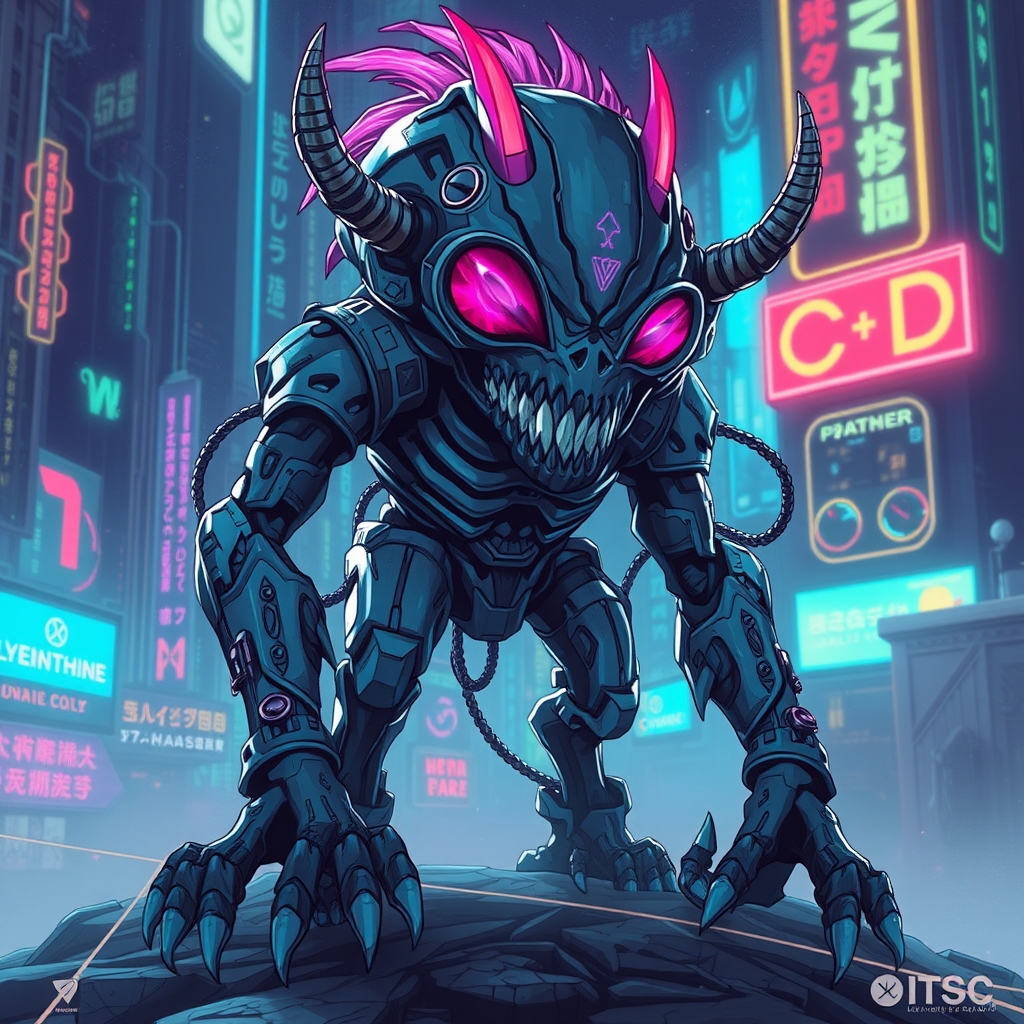
Final Wrap-Up
Pop culture is a psychological force that shapes how we feel, think, and connect. From cinematic archetypes to algorithmic identity loops, media influences every layer of emotional and cognitive experience. Understanding the psychology of pop culture allows us to engage with media more consciously, ethically, and creatively.
As technology evolves, so will the psychological architecture of pop culture. The challenge is not to resist media, but to navigate it with clarity, empathy, and intention. Whether designing content, consuming it, or critiquing it, psychological insight is essential. Pop culture is a mirror, a mold, and a map—reflecting who we are, shaping who we become, and guiding where we go next.
Join the Discussion
Pop culture isn’t just something we consume—it’s something we co-create. Whether you’re decoding cinematic archetypes, analyzing emotional contagion in music, or exploring the symbolic depth of television, your perspective matters. How has media shaped your emotional vocabulary, your identity, or your worldview? Are you seeing new patterns emerge in the way stories are told, emotions are triggered, or communities are formed?
#PopCulturePsychology #SymbolicMedia #EmotionalContagion #NarrativeIdentity #CulturalResilience #MediaArchetypes #MusicAndMood #TVAndSelfConcept #FutureOfMedia #PsychologyOfStorytelling #MediaLiteracyMatters #EmotionalDesign #ParasocialDynamics #CollectiveMemory #CognitiveFraming #SymbolicEncoding #EthicalMedia #ImmersiveNarratives #DigitalIdentity #EmotionalArchitecture


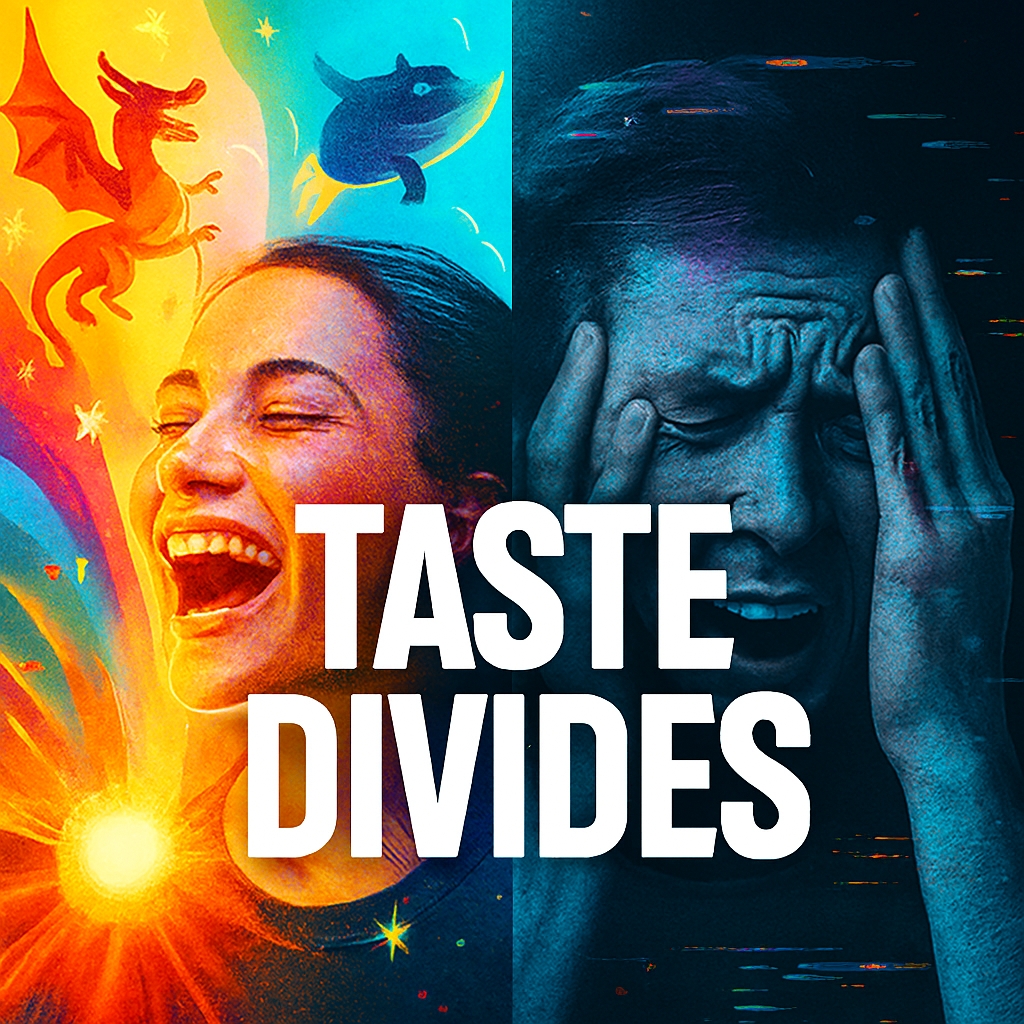
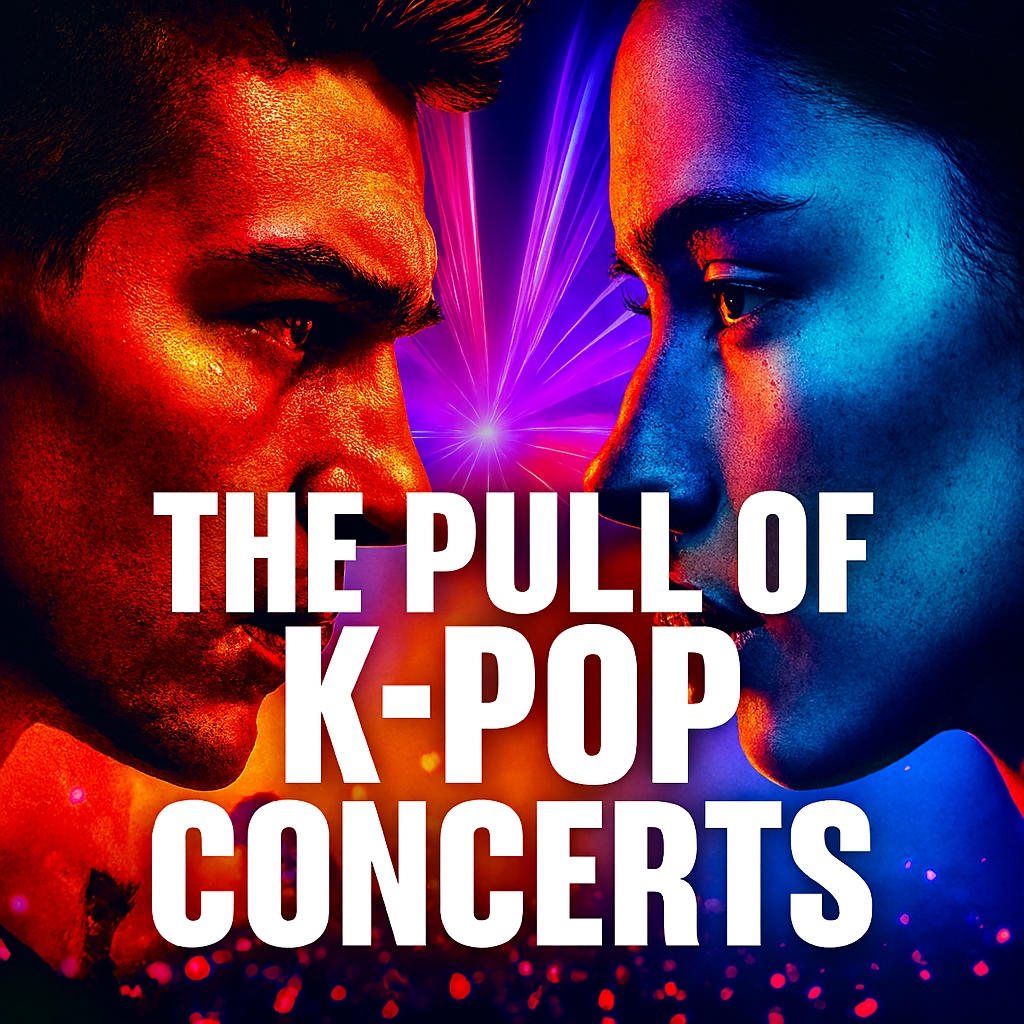

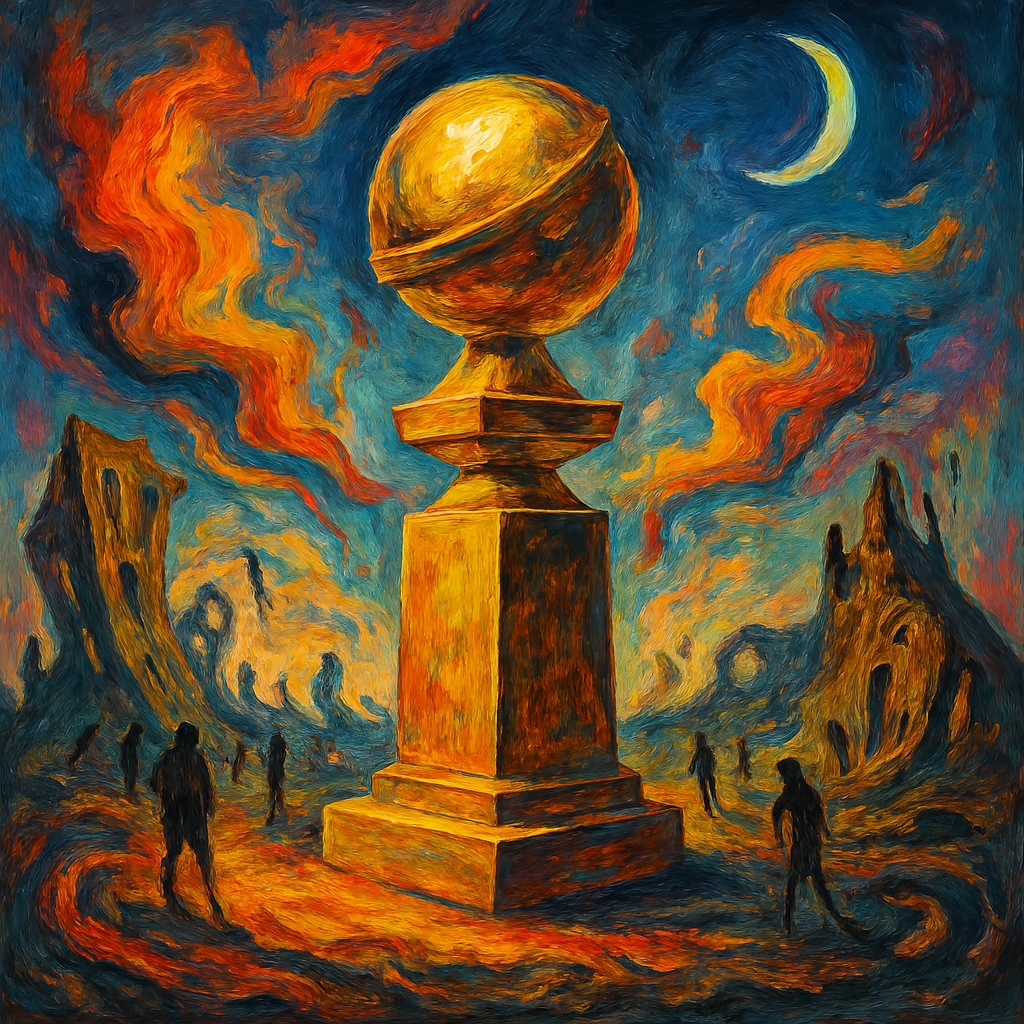


How Emotional Technology Reshapes And Helps Us Beyond 2025
[…] resonance. A clean interface suggests reliability. A confusing layout erodes confidence. These signals shape how we interpret information, how we connect with others, and how we define […]